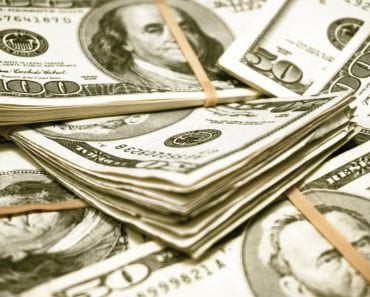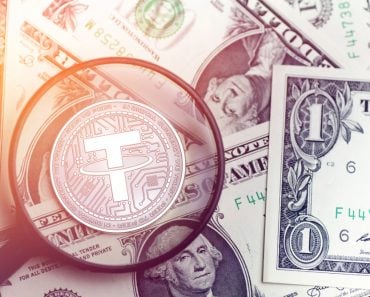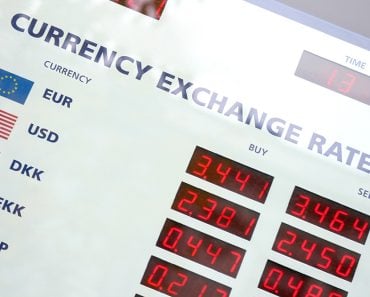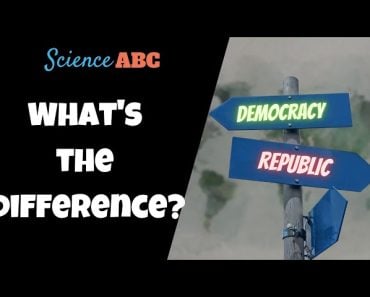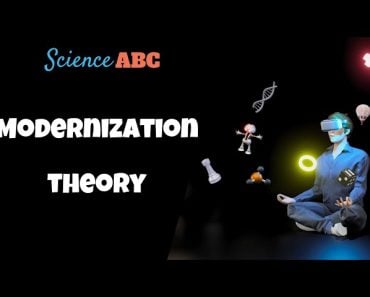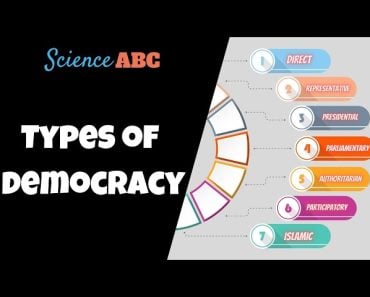The money multiplier concept no longer holds. Reserve money has more or less remained stable, but money creation in the economy has skyrocketed. Commercial banks are not merely intermediaries between depositors and borrowers, but instead play a significant role in money creation.
There is a popular misconception that depositors are the only source for commercial banks to lend out loans. This is a notion still taught in textbooks today under the money multiplier concept.
The money multiplier concept states that whenever a bank receives a deposit, it sets aside a fraction (e.g. 5%, 10%) mandated by the central bank and then lends out the remaining portion. This implies that a commercial bank’s ability to create loans depends on the deposits they can attract.

However, money creation in the modern economy is neither restricted by the availability of deposits nor the total money supply in the economy controlled by the central bank.
Recommended Video for you:
How Do Commercial Banks Create Money In The Modern Economy?
Commercial banks mainly generate income from the difference between the interest they receive on deposits and the interest they charge on loans. This difference is known as the spread. The interest on loans is always higher than the interest on deposits.
Commercial banks create money by offering loans. This is contrary to what is taught in textbooks and economics courses, which often suggest that commercial banks rely on deposits to create money.
Let’s take an example where there is only one commercial bank. The bank lends $100 to Person A by depositing in their account. Since it’s an electronic entry, it does not matter whether the bank holds this amount when entering the funds in the respective account. Now, Person A uses it to repay his debt to Person B. If Person B deposits this money in his bank, the money creation is immediately destroyed. On the contrary, money creation will continue if he uses it for incurring transactions or any other settlement that does not involve making a deposit into the bank.
The above example considered only one bank. In the real world, multiple banks are involved, which is why transaction settlement across banks takes time. Settlement across banks happens at prefixed timing, wherein banks only transfer the difference amount. This means that for every transaction incurred, banks do not immediately send money to one another, although it does reflect in our accounts as such.
Instead, the net balances are settled at the end of the day. Instances wherein one bank owes more to another is settled by taking out loans from other banks in the system.
Handing out loans to households and businesses is one of the many ways money is created in the economy. Banks buying and selling government bonds, as well as other equity and debt instruments, are other common instances. Whenever banks purchase or sell bonds, they receive money. When this amount is released into the economy, it adds to the money creation.
What Restricts The Commercial Banks’ Ability To Create An Unlimited Money Supply?
In theory, commercial banks can create an unlimited supply of money, as money creation is not strictly bound by the availability of deposits. Commercial banks can always make up for a shortfall by borrowing from other banks or the Central bank of the country. However, unlimited money creation would be unsustainable from a business standpoint and could also be a regulatory nightmare.
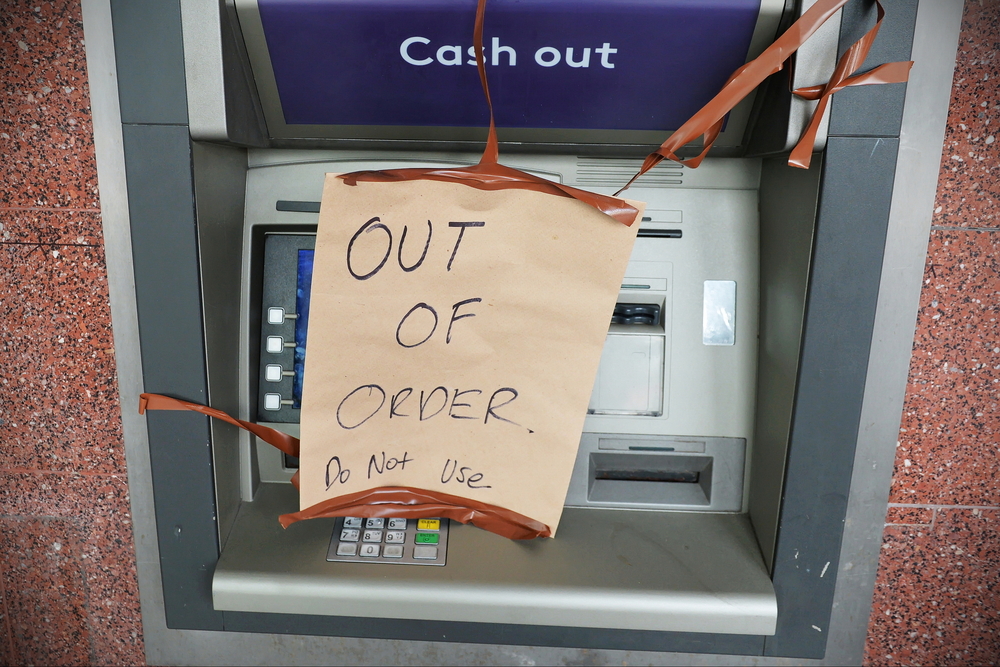
Banks survive because, on any given day, it is unlikely that all depositors will withdraw their money. This gives banks substantial bandwidth to incur loans without worrying about having to make an immediate settlement with other banks. This allows them to create money by loaning funds to multiple borrowers. The availability of more deposits enables banks to generate more loans.
From a business standpoint, banks’ primary source of income is the spread, as they must remain profitable. To ensure this, they cannot take on any amount of risk they desire. When a loan is offered, there is liquidity and credit risk that the bank bears. Liquidity risk arises whenever money is not readily available for immediate payments or investments. Credit risk arises because there is always a risk of default. Along with this, they must also offer competitive interest rates.
All these aspects need to work properly for this system to survive, which is why banks do rigorous background checks before lending. The risk of multiple defaults can shut down banking operations and cause cyclical damaging effects to an economy.
How Does The Central Bank Play A Critical Role In Limiting Commercial Banks’ Ability To Create Money?
The central bank ultimately limits money creation in the economy because it needs to stabilize inflation rates. If banks keep creating money by offering loans to make profits, it can lead to inflation. Thus, the central bank plays the role of a watchdog in two significant ways.
One way they do this is that all commercial banks need to keep reserves with the central bank. These reserves act as a safety net in case multiple depositors withdraw their money simultaneously. The higher the stock of deposits that a commercial banks own, the more reserve money they need to park with the central bank. This does not entirely restrict their lending ability, as they can always withdraw certain amounts from this balance in exchange for assets on their balance sheet. The total money circulating in the economy has also expanded to a higher degree than the growth rate of reserve balances. There are no formal reserve requirements in certain countries, such as the UK and, recently, even the US. However, in the majority of countries, there is a reserve ratio that is mandated.
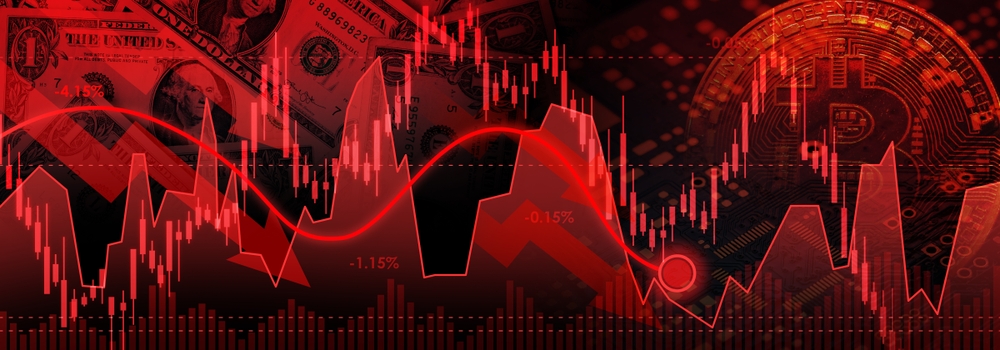
Finally, the most significant watchdog tool is the central bank’s interest rate for the commercial banks on these reserves. This interest rate forms the benchmark for any other interest rates the commercial banks decide to apply. With the money available at the bank’s disposal in the form of reserves, deposits, or cash, the bank must choose its allocation wisely. The deciding factor is the interest rate on the reserves vs the interest rate they might earn through any other allocation.
Since the interest on reserve balances is the benchmark interest rate (also called the reservation rate in economics), it is natural for that rate to be the lowest. However, it is also the most secure and highly liquid asset, which means it can be readily withdrawn without fear of penalty or loss of income. If the bank decides that lending a certain amount of funds is risky, it will park those funds in reserve. This happens when the economy is going through a recession. Banks are skeptical on the capacity of individuals and businesses alike to meet their interest obligations.
In conclusion, banks are no longer just intermediaries reallocating funds between borrowers and savers. Instead, they also actively create money in the economy, a responsibility that was traditionally assumed to be controlled by the central banking authority of the economy.

